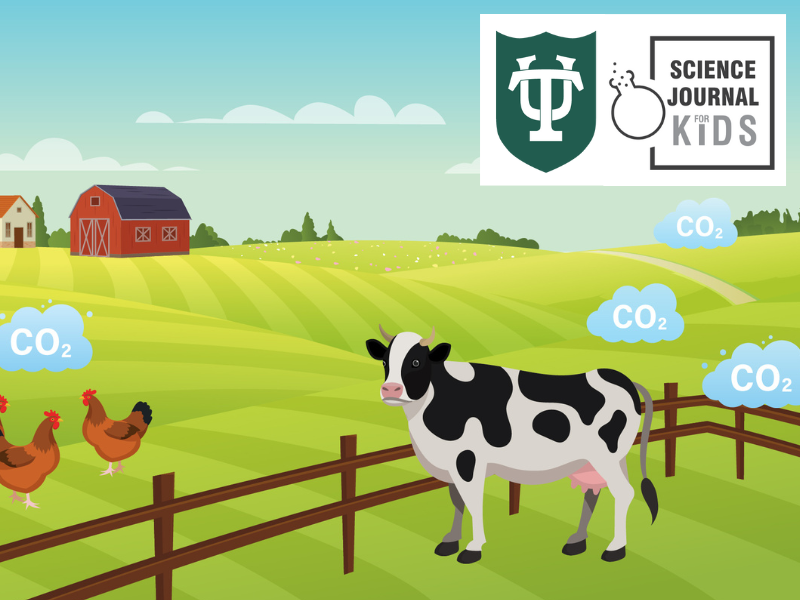Making science more digestible for kids

Conducting meaningful scientific research that advances the public health community’s understanding of an issue is usually reward enough for most researchers. But for a team at the Tulane School of Public Health and Tropical Medicine, finding a new audience for that work can be just as fulfilling.
The Science Journal for Kids is a nonprofit organization dedicated to making science accessible for all students, from kindergarten through high school. The group solicits cutting-edge research and provides free resources to classrooms in digestible formats, thereby increasing science literacy and ensuring important advances and findings make their way to educators and students.
When the organization reached out to Dr. Diego Rose, professor of nutrition, about including his team’s work on reducing carbon and water scarcity footprints via diet changes, it was an easy decision to participate.
“I think Science Journal for Kids is a great resource,” Rose said. “At a time when science seems to be under attack, anything we can do to increase scientific literacy in the next generation is welcome.”
The original article, “Single-item substitutions can substantially reduce the carbon and water scarcity footprints of US diets,” was published in the American Journal of Clinical Nutrition and was co-authored by Rose, Amelia Willits-Smith (PhD SHPS ’22), and Dr. Martin Heller, an environmental scientist at AgResilience Consulting. The new version was renamed as “How can we reduce our environmental footprint one food at a time?”
The digestible format is key to the success of the site. The team’s research was translated into a brightly colored, 5-page article with graphics, highlighted key points, discussion questions, and a glossary targeted to middle and high school students. The full webpage includes resources for teachers, videos, and related articles. This approach gives academic research a wider audience, connecting scientists with young people eager to learn.
Although the information was reworked for kids, it maintains the science of the original work.
“I was happy to work with them to feature our research,” Rose said. “Their editors took a stab at translating our paper for a younger audience, and we made sure that they stayed true to the scientific content. I like communicating to different kinds of audiences, so I enjoyed the process.”
A wide range of science topics are covered on the site, from astronomy to soil composition, the impact of chemicals on the human body to social sciences like gender discrimination. If something has been researched in an academic setting, it might appear in Science Journal for Kids.
